It is actually quite uncommon for me to deem a given scene “badly” lit. However, it does sometimes happen that I have deal with what I have and end up photographing in bad light. Generally, the light is bad because I do not have the option to modify it. If I can move subjects, add or subtract light, or otherwise change the variables of the light source I can mold it to fit my purposes. Sometimes though, such as when my subjects are playing video games on the couch in the basement during the time of day when the sun is on the opposite side of the house, the luxury of modification is not mine to be had. Here are three simple tips for making the most of bad lighting situations:
“Bad” Light: Control the frame
When you don’t have the benefit of great light, the way that you include or exclude portions of the scene from the frame becomes even more important. Make a point to scan the edges of your frame for extraneous elements. Be deliberate about how you place yourself in order to avoid mergers between subject and background or lines running through heads. Basically, endeavor to create a frame that is as flawless as possible to compensate for lack of dimension because of less than ideal light.
“Bad” Light: Vary your angles
Both from a compositional viewpoint, and from the desire to make the most of any scene, it is important to shoot from a variety of angles when creating a set of photographs. Choose one shooting angle, then stick with it while you slightly adjust your placement to improve composition or wait for subject expression or movement. Then, move to a completely different shooting angle and repeat the process. When the light isn’t giving you any ‘wow’ factor, try to add that special element in through very deliberate choices about camera placement.
“Bad” Light: Wait for emotion
If you are photographing in bad light, capturing a moment of highly connectable emotion from your subject can still result in a memorable photo. When the light isn’t supporting the mood of the story that you are telling about the scene in front of you, the subject’s expression of emotion must be stronger. Discipline yourself to wait. It can be easy to snap a few shots and move on, but often, if you can find the patience to wait for a minute or two, subjects will reward you with ‘bigger’ displays of emotion that will elevate your imagery to the next level.
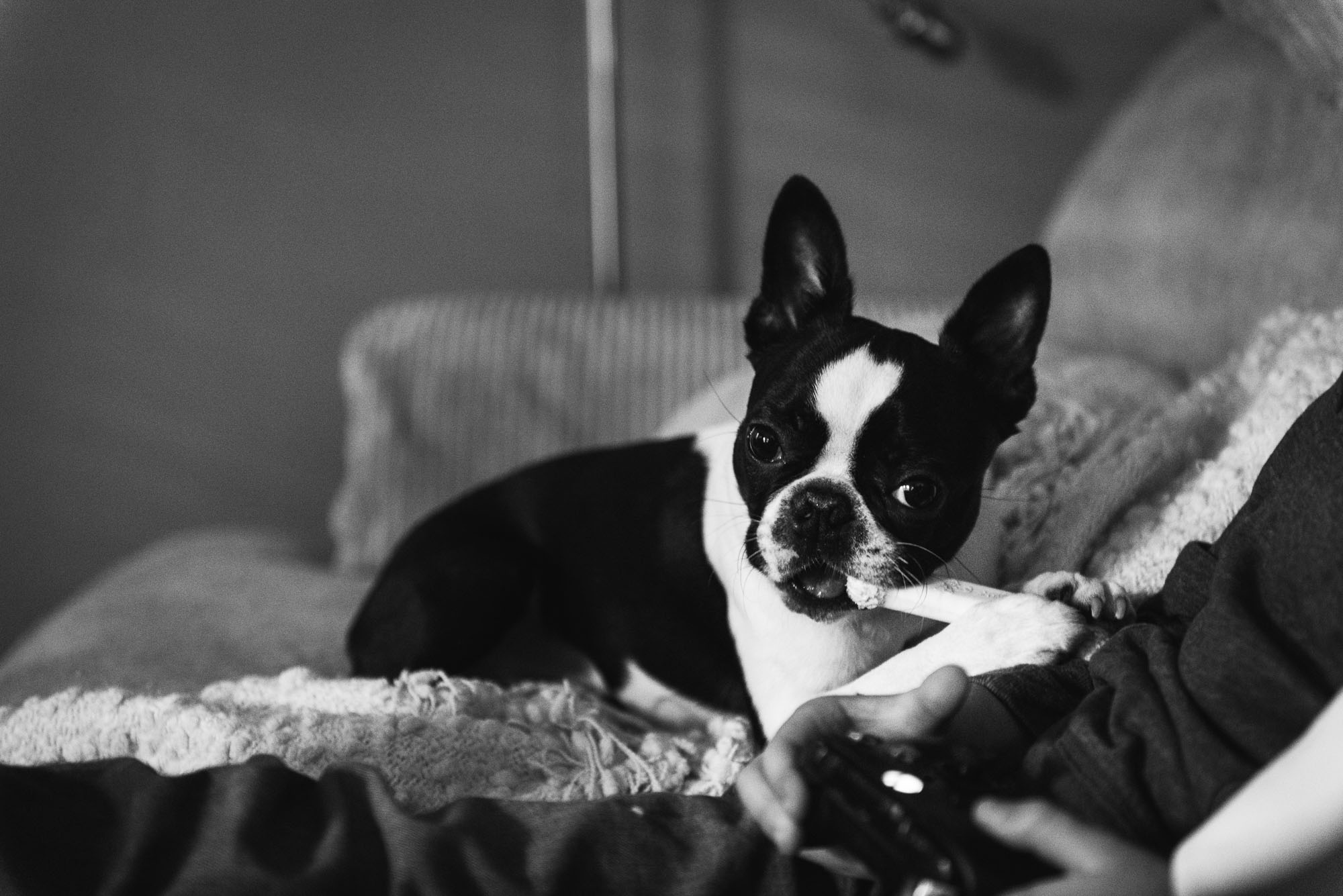
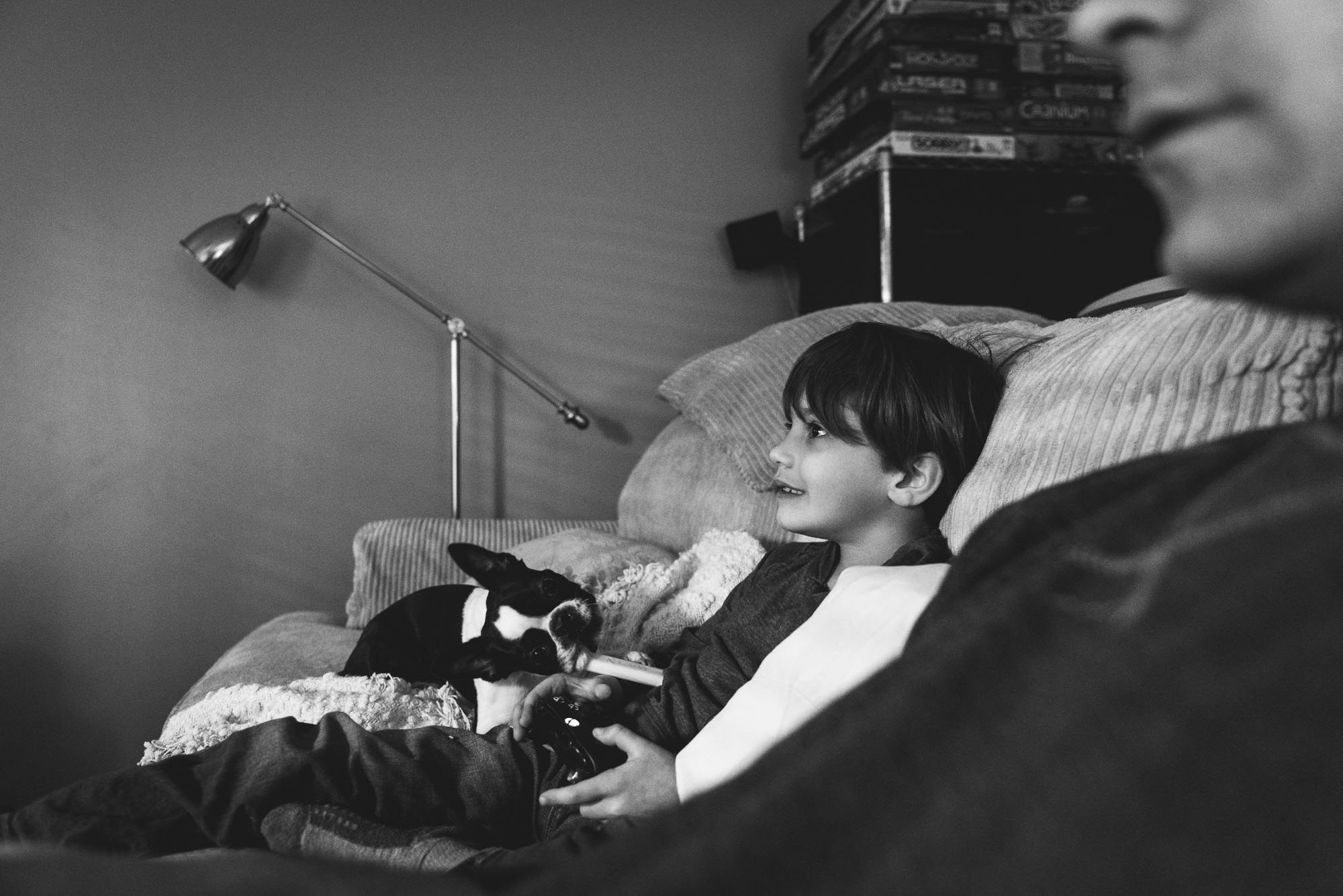
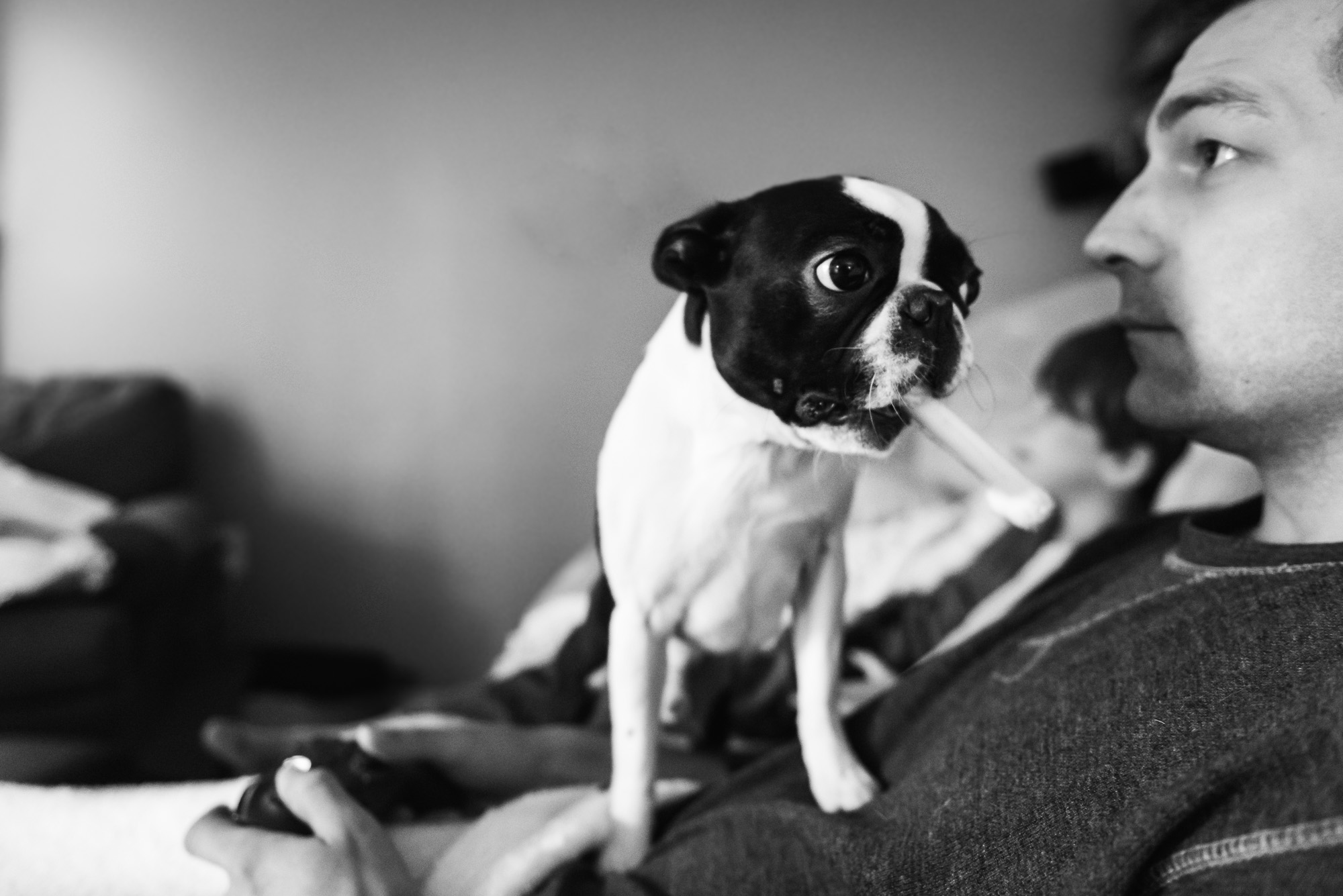
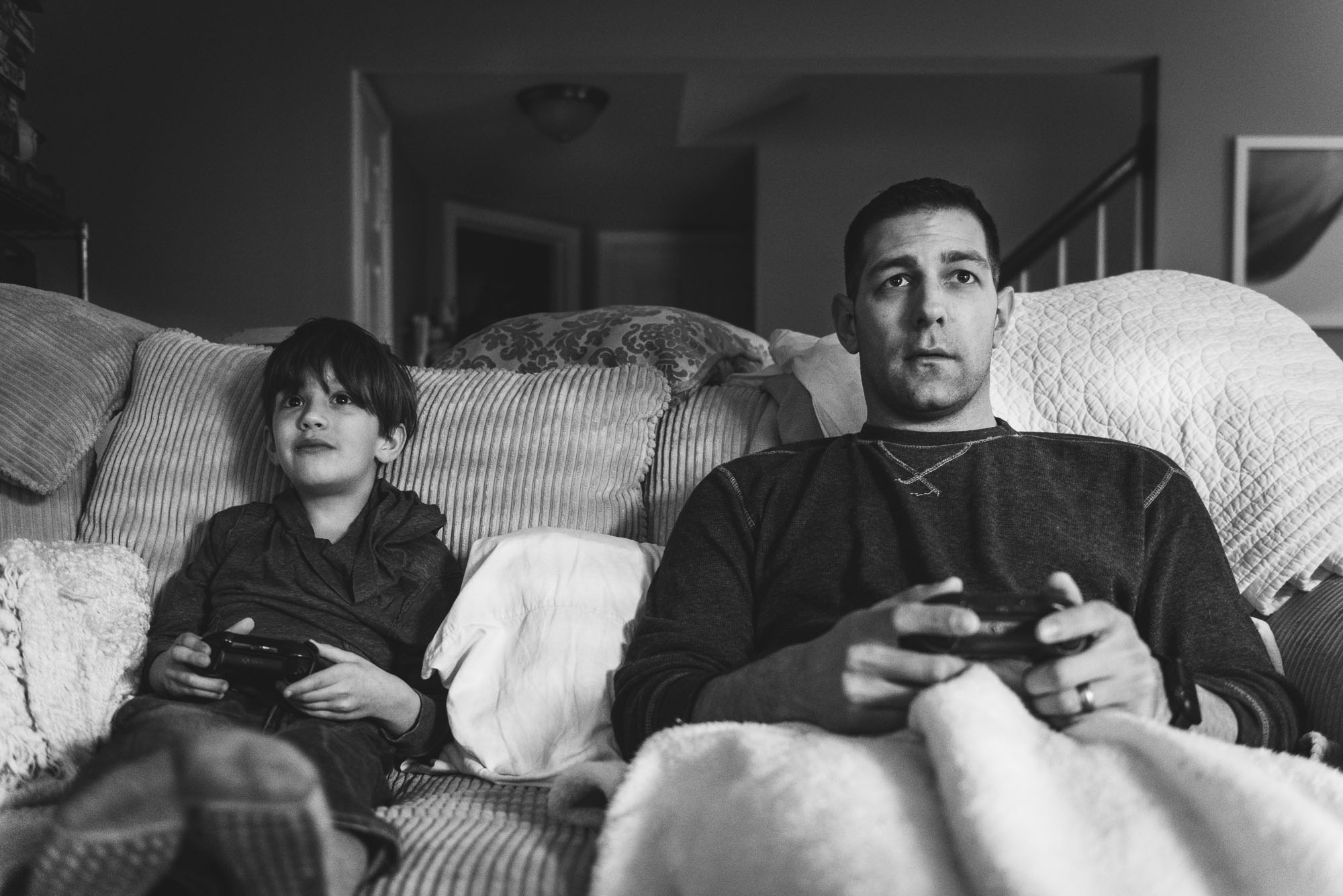
Do you photograph if the light is less than ideal? Let me know in the comments.
-M
Pin It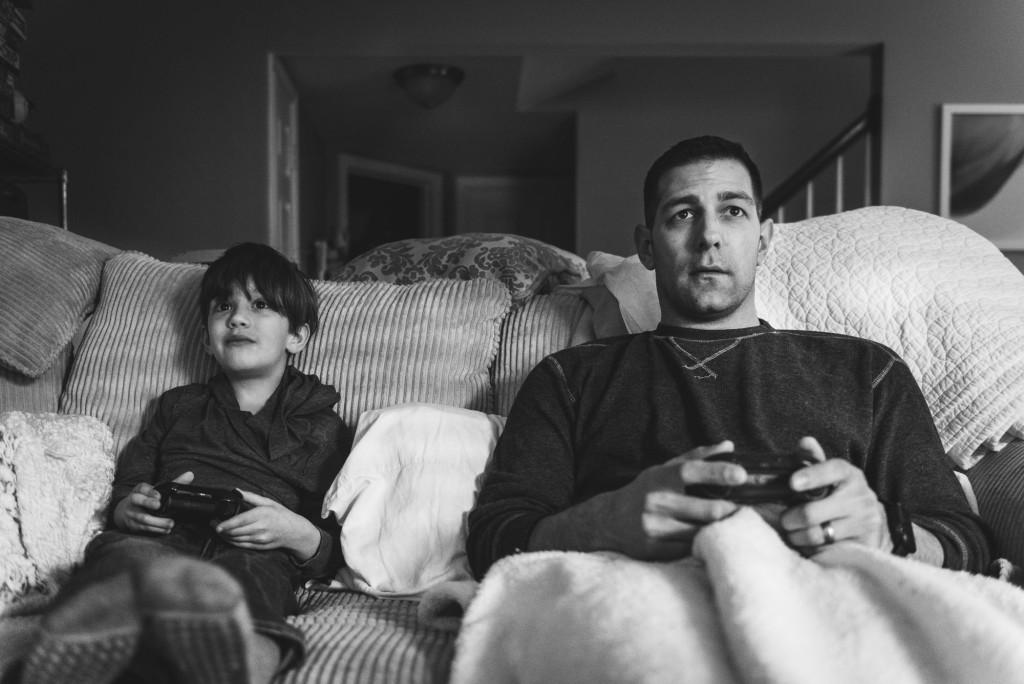
I photograph even if the light is less than ideal because I want to capture those moments that are happening too but struggle to then like the images that I take.
Yes, it is a lot more work to create fulfilling images when the light is less than ideal. But, I agree that often the moment is important enough to validate looking past the light.
I do photograph in less than ideal light… I try hard to find a way to make it work because I feel like I’m constantly in dim or dark situations in the winter with artificial light. I especially vary my angles like you mentioned above, and I try unconventional crops. And by the way, I love how your dog’s ears were down when he brought the bone to your husband — it looks like he’s being submissive and maybe admitting he knows he shouldn’t be doing it. :) I don’t remember seeing any photos of Bostons with their ears down and it’s so cute! Very expressive.
That is his first reaction to the camera, Traci! He’s always been that way, since he was a few weeks old and the breeder was sending me pics before we picked him up. It takes lots (and lots) of bribes to get him to put his ears up for pictures :)